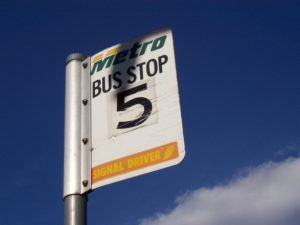 Welcome to this week’s Five from David
Welcome to this week’s Five from David
Your exercise tip – Tennis and Golfers elbow – what to do?
The elbow is a complex combination of joints. It has a hinge joint where the humerus and ulna articulate, a ball and socket where the humerus and radius articulate and a pivot joint where the radius articulates with the Ulna. This allows it the elbow and forearm to move in multiple directions.
The main muscles and bone landmarks we are looking at when it comes to tennis and golfers elbow are the muscles that rotate the forearm (pronators and supinators) and flex the wrist and fingers, and the medial and lateral epicondyles (inside and outside bony protrusions of the humerus).
Tennis elbow (lateral epicondylitis) is usually distinguished by pain and issues with the lateral or outside of the elbow with other common symptoms like grip strength loss, caused by small tears or damage in the tendons that attach the muscle to that lateral epicondyle.
Golfers elbow (medial epicondylitis) is usually distinguished by pain and issues with the medial side of the elbow and when rotating the forearm and wrist. This is usually caused by small tears or damage to the tendons that join the muscles to that medial epicondyle.
These injuries are a tendinopathy (tears or damage in connective tissue) – not tendinitis (swelling in tissues). Causes of tennis elbow are usually repetitive movements like sports with racquets, whilst golfers elbow can be caused by movements that continually extend those muscles in the forearms. Both conditions can be caused and aggravated by excessive jerking motions that force the elbow straight.
Treatment should be firstly, see an allied health professional for a concise diagnosis. From this they may recommend rest and some light stretching and once the condition settles, strengthen those muscles involved. Continue to strengthen the forearm muscles and the upper arm and shoulder muscles. Stay away from heavy pulling or exercises that twist the forearm whilst under strain. Some other things to help are braces for the wrist and forearm, for example a band on the upper forearm or a wrist brace to stop excess wrist movement placing pressure on the injured tendons.
Your health tip – are you treating the symptoms?
If you are suffering from or cold or the influenza of some description this winter, treat the symptoms to make yourself more comfortable. This can help in two ways. Firstly, it can reduce the chance of you passing the bacteria onto other, for example, by reducing the instances you have of sneezing.
Secondly, there is nothing worse that walking around feeling terrible and still trying to keep yourself motivated and working. Something as simple as alleviating blocked sinuses can make breathing easier and relieve pressure on the forehead.
Treat those symptoms and look after yourself this winter to make it much less challenging than it needs to be.
Winter chill tip – protect those eyes while exercising
If you are getting dry eyes, wear some glasses to protect them from the wind and the elements.
Your life tips
Don’t ignore the efforts of someone who tries to keep in touch with you regularly. It is not often we have someone who cares like that for us.
This week’s wise words
“Lost time is never found again.”
Benjamin Franklin
Have a great week and keep healthy in 2018. David.
